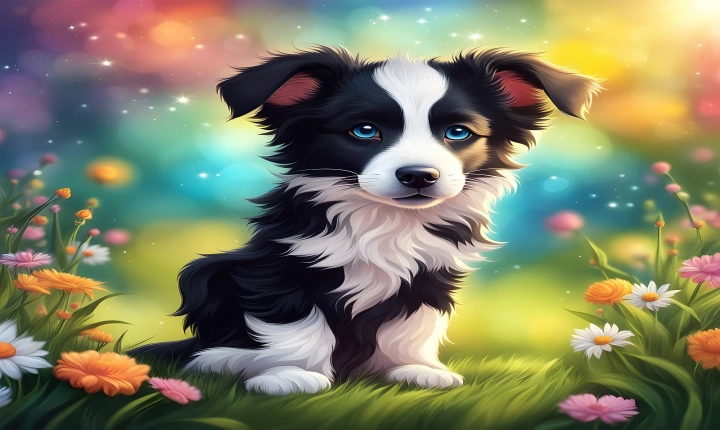Title: How to Recognize Fake AI-Generated Images
With the advancement of technology, particularly in the field of artificial intelligence (AI), the generation of fake images has become increasingly sophisticated. From deepfake videos to computer-generated graphics, it is becoming more challenging to distinguish between real and fake visuals. However, there are several key indicators and techniques that can help individuals recognize fake AI-generated images.
1. Inconsistencies in Details
One of the most common indicators of fake AI-generated images is the presence of inconsistencies in details. This could include mismatched shadows, unnatural lighting, or unrealistic proportions. For example, in a landscape image, if the shadows are not consistent with the direction of the light source, it could be a sign that the image has been artificially created.
2. Unnatural Artifacts
When scrutinizing an image, watch out for unnatural artifacts that do not align with reality. These artifacts could manifest as blurred edges, unusual texture patterns, or distorted reflections. When zooming in on an image, these anomalies become more apparent and can indicate that the image is not genuine.
3. Lack of Contextual Cues
Real images often contain contextual cues that provide visual clues to their authenticity. For example, in a photograph, there may be reflections or shadows that are consistent with the environment in which the picture was taken. Analyzing these contextual cues can help identify whether an image is genuine or AI-generated.
4. Histogram Analysis
Utilizing histogram analysis can be a powerful tool in determining the authenticity of an image. A histogram is a graphical representation of the distribution of pixel intensities in an image. AI-generated images may display a lack of natural variation in the histogram, suggesting that they have been manipulated or created artificially.
5. Reverse Image Search
Another method to uncover fake AI-generated images is to conduct a reverse image search. This involves uploading the image to a search engine or using specialized tools to identify whether the image has been used elsewhere on the internet. If the image appears across multiple contexts or sources, it could indicate that it has been artificially generated.
6. Consider the Source
When encountering images on social media or other platforms, it is essential to consider the credibility of the source. If the source has a history of sharing manipulated content or lacks trustworthiness, there is a higher likelihood that the images they share are fake or AI-generated.
In conclusion, as the generation of fake AI-generated images becomes increasingly sophisticated, it is crucial for individuals to be able to recognize and discern between real and fake visuals. By paying attention to inconsistencies in details, unnatural artifacts, contextual cues, histogram analysis, conducting reverse image searches, and considering the credibility of the source, individuals can empower themselves to identify and debunk fake AI-generated images. This awareness is essential in the era of advanced technology and the proliferation of manipulated content.
